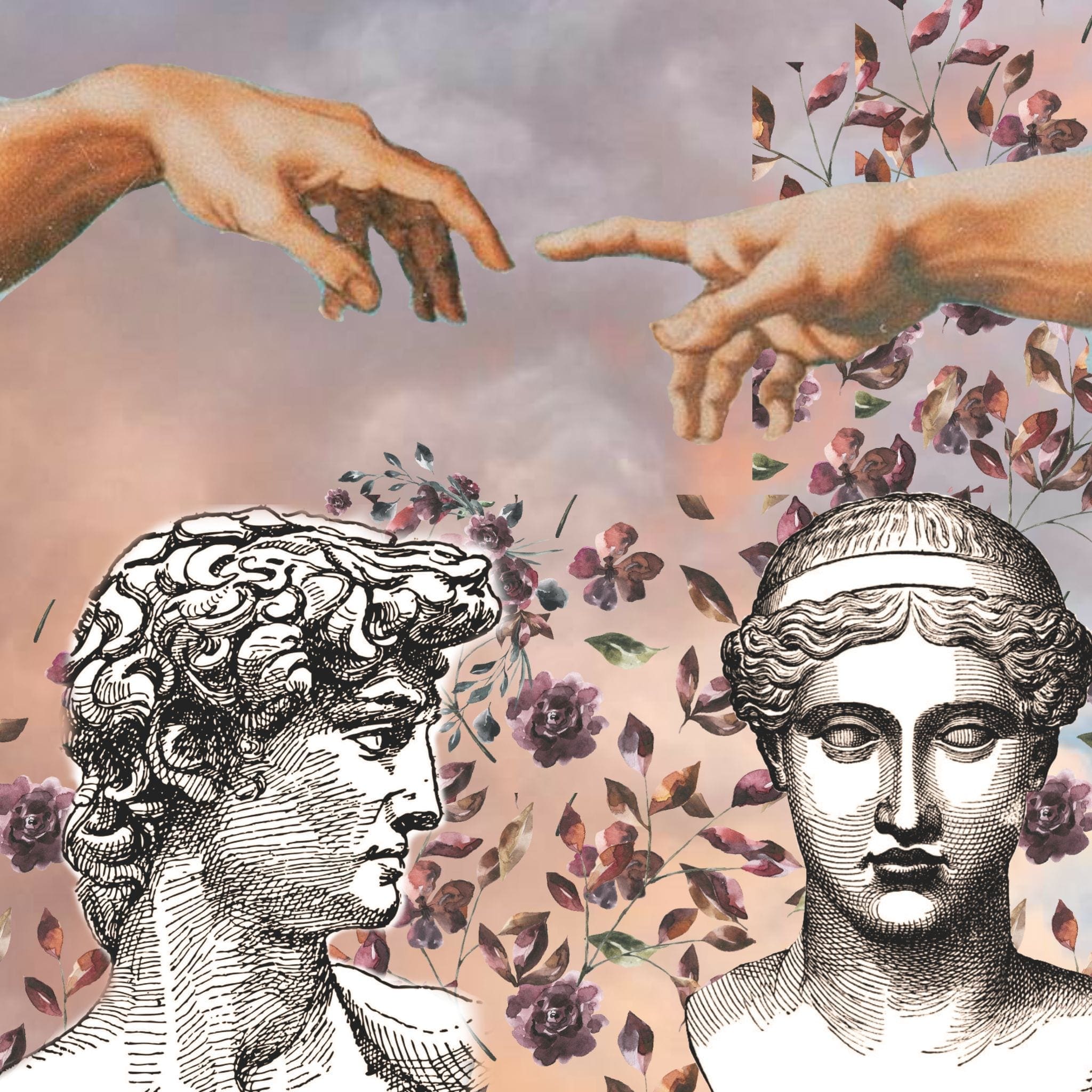
Every culture in the world has numerous sacred narratives and lore that capture its worldview. Among them, one occasionally finds stories that seem to rupture the traditional discourse. The themes of sexual transformation and gender metamorphosis are not unique to one or two mythologies. There are stories about different people in all the primary cultures in the world.
Homoeroticism in Greek Mythology
Homosexuality was not a point of contention in Greek mythology in the more recent past. Romantic involvement between a man and a boy was institutionalized. This socially approved expression of homoeroticism reflected itself in the lore of the land. There are various examples of relationships and identities that were not heteronormative but were still accepted by society.
Apollo, the Greek god of the sun, was also known to have several dalliances. Besides being involved with numerous nymphs, the god was also a lover to Macedonian prince Hyacinthus. He fought the poet and singer Thamyris and the wind-god Zephyrus to love the beautiful lad, Hyacinthus, of Amyclae Laconia.
According to a more popular version, his extraordinary beauty attracted Apollo’s love, who killed him accidentally while teaching him to throw the discus. Zephyrus (or Boreas) deflected the discus to hit Hyacinthus on the head and killed him out of jealousy. From his blood, there grew the flower called Hyacinth. It is also said that the first male homosexual relationship in history had been between the singer Thamyris and Apollo. Apollo was also in a relationship with the god of marriage, Hymen.
Hermes, the messenger god with wing-heeled sandals, was also mentioned in multiple myths to have male lovers. In an alternate version of the Hyacinth-Apollo-Zephyrus love triangle, Hermes’ lover Crocus was hit by a discus thrown by a god, which led to him being turned into a flower. Many stories also suggest a romantic relationship taking place between Hermes and Perseus, a young mortal. Daphnis, the inventor of pastoral poetry, was popularly known as Hermes’ protégé. However, some stories say that he was one of Hermes’ favorite lovers.
Androgynous Identities in Indian Mythology
Hindu scriptures have many elaborate and extensive references to sex changes and androgynous sexual identities. Though they don’t mention homosexuality or bisexuality directly, there are tales of gods or people whose attributes or behaviors are symbolic. They can be interpreted as bisexual, transgender, or binary, or as having elements of gender variance. Similarly, Hindu scripts venerate Shiva as Ardhanareshwara, the half-woman half man.
Vishnu, a primary deity of the religion, the protector of the world, is depicted in the faith as gender-fluid. The god often took the avatar of Mohini. He even procreated with Shiva as Mohini, resulting in the birth of Ayyappa, a significant deity among the Hindus. Mohini was frequently described as an enchantress who maddens lovers.
Born as a girl, Shikhandini was raised as a boy by King Drupada, her father. He even married her to the princess of Dasharna. When the new bride raised complaints, Shikhandini fled into the forest. There she met a Yaksha and exchanged genders. Later on, taking the name Shikhandi, he remained a man until his death at the battle of Mahabharat.
There is a similar story in the Bhagwat Purana, where two genders exist in a single body. The story is about Ila/Sudyumna. In the Ramayana, an unfortunate meeting with Shiva and Parvati results in Ila alternating between genders every month. Ila ultimately marries Budha, producing the offspring Pururavas during one of the months when anatomy allowed, thus creating a lunar dynasty. In the Vishnu Parana, it is said that Ila’s manhood was ultimately made permanent, upon which he took the name Sudyumna.
The representation of homosexuality in mythology has been varied throughout cultures and lands. Still, a common notion that carried with homosexuality even in the myths was disapproval of the society, misfortune for the lovers, and often associated with magic.
About the Authors – Anjali Seshadri and Diya Manikpuri are first-year students at Manipal Institute of Communication.

Be the first to comment